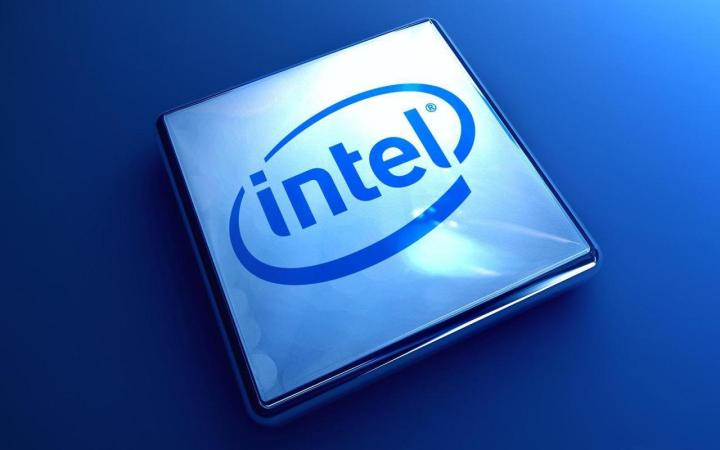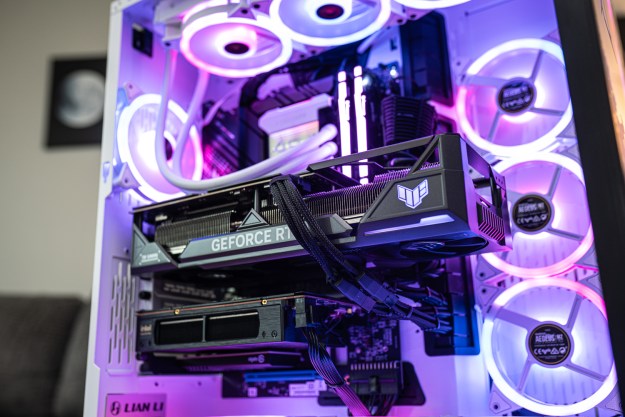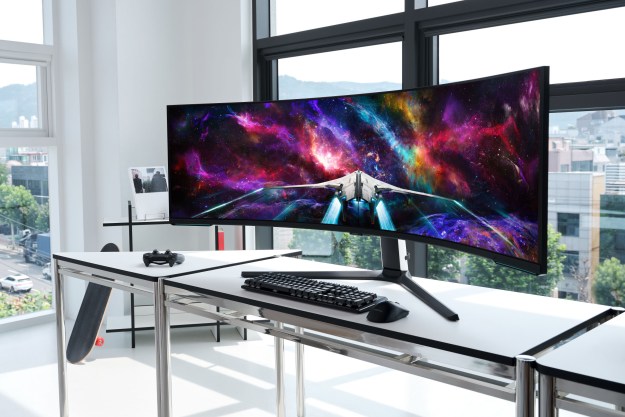
Here is a comparison of the two:
| Core i3-6100U (old) | Core i3-6006U (new) | |
| Architecture: | Skylake | Skylake |
| Process node: | 14nm | 14nm |
| Number of cores: | 2 | 2 |
| Number of threads: | 4 | 4 |
| Base speed: | 2.30GHz | 2.00GHz |
| Cache: | 3MB SmartCache | 3MB SmartCache |
| Bus speed: | 4GT/s OPI | 4GT/s OPI |
| Memory type support: | DDR4-2133 LPDDR3-1866 DDR3L-1600 |
DDR4-2133 LPDDR3-1866 DDR3L-1600 |
| Memory amount max: | 32GB | 32GB |
| Memory channel max: | 2 | 2 |
| Memory bandwidth max: | 34.1GB/s | 34.1GB/s |
| Integrated graphics: | Intel HD Graphics 520 | Intel HD Graphics 520 |
| Integrated graphics base speed: | 300MHz | 300MHz |
| Integrated graphics max speed: | 1,000MHz | 900MHz |
| Memory amount max (graphics): | 32GB | 32GB |
| PCI Express lanes max: | 12 | 12 |
| TDP: | 15 watts | 15 watts |
| Price: | $281 | $281 |
Of course, this table is a watered-down, combined version of the details listed on the individual product pages. But upon close examination each set of hardware specifications, the two processors are identical save for the base clock speeds and the maximum integrated graphics clock speeds. Thus, given that both products feature the same price point, you must wonder why Intel is now offering a new chip at slower speeds for the same cost.
What could be going on here is that Intel is offering notebook manufacturers a solution that saves on the overall battery use. Sure, both parts draw 15 watts of power maximum from the battery, but a slightly lowered clock in computing and rendering can equal to a slightly longer battery life because the chip isn’t hitting that 15-watt ceiling. Then again, a slightly cheaper price point would seemingly be in order for the newer chip. Perhaps Intel hasn’t adjusted the pricing on the older model just yet.
Regardless, just for kicks, here is a bit more on what consumers can expect graphics-wise from a laptop relying on either processor’s internal GPU component:
| Graphics output: | eDisplayPort DisplayPort HDMI DVI |
| 4K support: | At 60Hz |
| Intel WiDi max resolution: | 1,920 x 1,080 |
| HDMI 1.4 max resolution: | 4,096 x 2,304 @ 24Hz |
| DisplayPort max resolution: | 4,096 x 2,304 @ 60Hz |
| eDisplayPort max resolution: | 4,096 x 2,304 @ 60Hz |
| DirectX support: | 12 |
| OpenGL support: | 4.4 |
| Max number of supported displays: | 3 |
Editors' Recommendations
- Intel’s budget Core i3-12100 outperformed AMD’s Ryzen 5 3600 in many games
- The iMac M1 is nearly 60% faster than the older Intel model, according to leak
- Upgrading to Intel’s new 11th-gen processors might require a new motherboard


